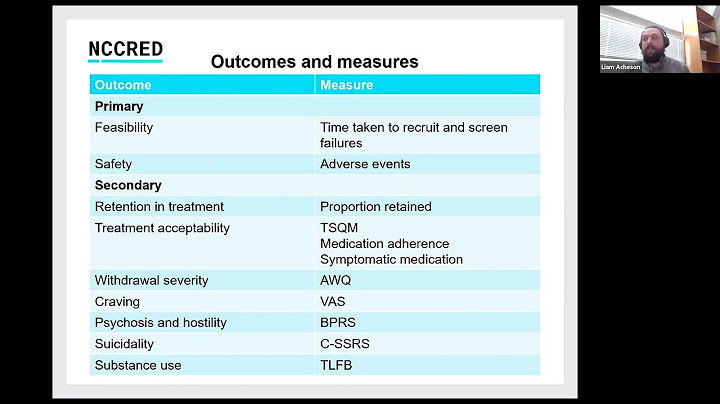 Show
Certified EKG technicians make a difference every dayBy administering EKGs — testing the electronic activity of the heart through small electrode patches attached to the body — you'll be making a life-changing difference, helping people of all ages prevent and treat heart disease. As an EKG tech, you may perform some or all of the following tasks:
NHA partners with educators and employers across the United States to educate, train and certify EKG technicians. Find an open job near you to start your journey toward this rewarding and in-demand career.Visit our Job Board  87% of employers require or encourage certification for EKG technicians. I chose to be NHA certified because it's a great start to an even greater career. Mercedes Osborne, CET, CPT Prepare for your NHA Certified EKG Technician (CET) Certification ExamAccess proven CET exam preparation materials that are designed to help you succeed. *The purchase of NHA exam preparation materials is not required to sit for any NCCA-accredited certification exam and use does not guarantee a passing score on an exam. All NHA exams are NCCA-accredited. NHA Mobile —Empowering learner success with study-on-the-go flashcards aligned to your enrolled NHA course. Preparing your students or healthcare team for their
CET exam? |

zusammenhängende Posts
Werbung
NEUESTEN NACHRICHTEN
Werbung
Populer
Werbung

Urheberrechte © © 2024 ketiadaan Inc.


















